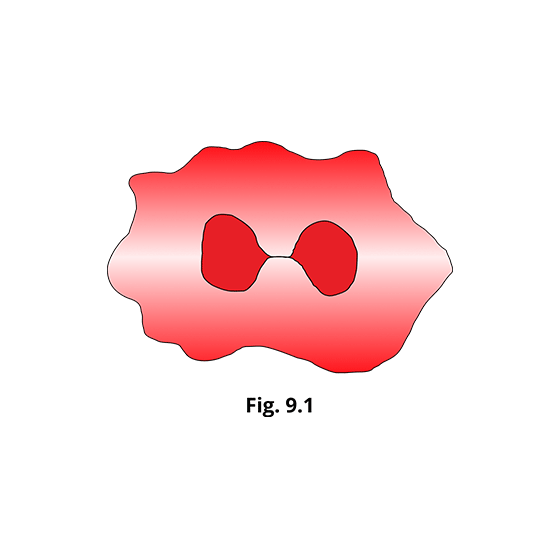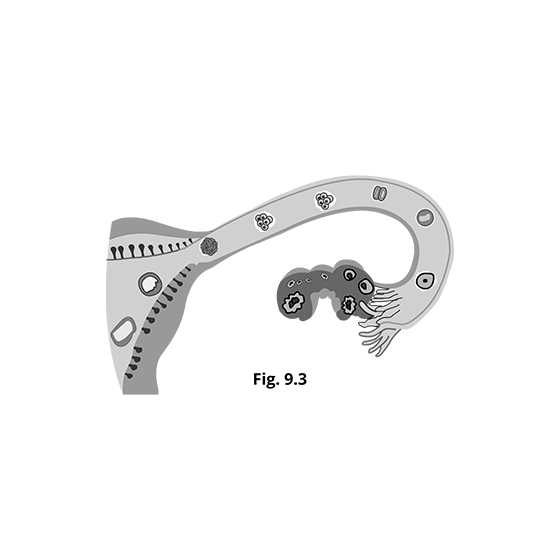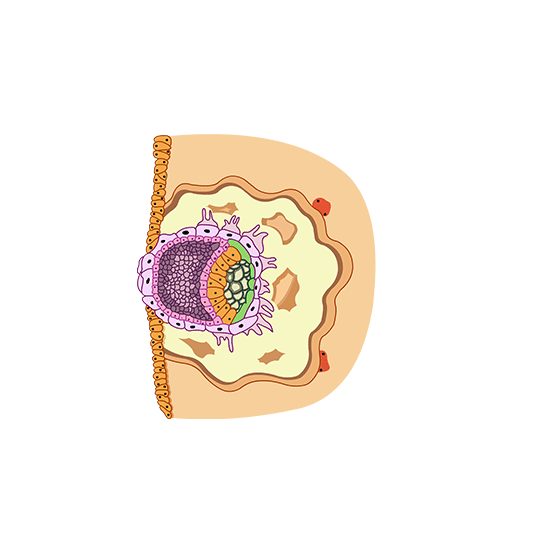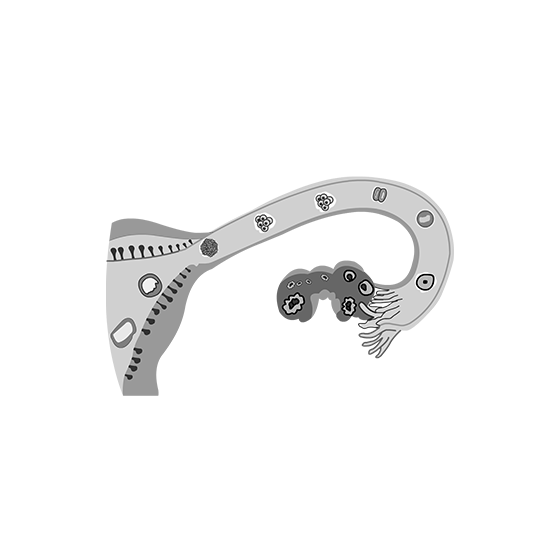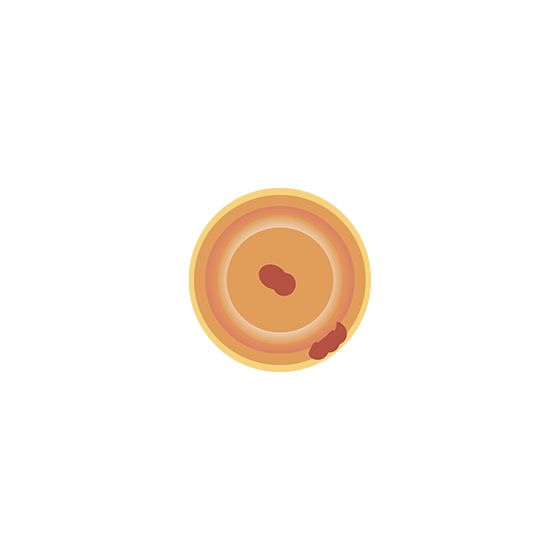Class 8 Science NCERT Exemplar Solutions Chapter 9 Reproduction in Animals
FAQs on NCERT Exemplar for Class 8 Science Solutions Chapter 9 Reproduction in Animals
1. What is Ovulation?
The function of releasing eggs from the ovaries is called ovulation. This occurs when the follicle has fully expanded and achieved its maximum size, accompanied by the collection of fluids within the follicle without a considerable increase in pressure. The stigma, or macula pellucida, emerges as a little oval-shaped patch jutting outward as a clear cone area when the follicle grows out and later experiences localized changes in color, integrity, and transparency. The maximal level of estrogen hormone release occurs just before ovulation. Ovulation happens at the stigma site after a rise of luteinizing hormone. This surge is required for ovulation to occur. Ovulation separates the. It follicle from the ovum, which is enclosed by the corona radiata by releasing follicular fluid. In the presence of spermatozoa, the cells of the corona radiata will separate later.
2. How does asexual Reproduction perform in Plants?
Sexually reproducing plants contain sex organs, which humans call flowers. Fusing male gametes, such as pollen, with female gametes, also known as ovules, is required for reproduction. A zygote and an endosperm nucleus are formed due to this union, which mature into seeds and fruits, respectively.
Some plants may reproduce asexually, without the need for blooms or pollen. Plants reproduce asexually in a variety of ways, both naturally and artificially. With the support of roots, a plant can produce offspring in the natural manner of asexual reproduction. Certain plants also use budding and cutting to reproduce asexually. Grafting, layering, cutting, and micropropagation are examples of human-induced asexual reproduction in plants.
3. How does binary fission take place in bacteria?
Binary fission is a fast process that varies depending on the species. The amount of time it takes bacteria to double their number of cells is known as doubling time. Furthermore, each species has its own set of circumstances to thrive. pH levels, temperature, oxygen, light, moisture, and osmotic pressure are examples of these circumstances. Mesophiles, for example, thrive in temperatures ranging from 20 to 45 degrees Celsius. Because the human body's ambient temperature is 37 degrees Celsius, many disease-causing microorganisms are mesophiles. The bacteria that causes TB in humans is Mycobacterium tuberculosis. Compared to other harmful bacteria such as Escherichia coli, which divides every 20 minutes, it divides every 15 to 20 hours. Extremophiles are on the other extreme of the spectrum. Challenging circumstances, such as high temperatures, high salinity, and highly acidic environments, are no match for these bacteria.
4. What is the Significance of Mitosis?
Mitosis is responsible for the zygote's transformation into an adult.
Each daughter cell receives an equal number of chromosomes. It is in charge of an individual's growth and development. It ensures that all of an organism's bodily cells have the same amount of chromosomes. Mitosis is necessary for asexual reproduction, vegetative propagation, and the repair and regeneration of damaged tissues in plants. Mitosis helps to keep the genome pure by preventing recombination and cross-over. It is in charge of repairing and regenerating old and damaged cells in animals, such as the gut epithelium, blood cells, and so on.
5. What do you mean by Menstrual Cycle?
After reaching adolescence, all females generate mature egg cells once a month during a process known as the menstrual cycle. An ovary releases a developed egg during this time, which goes to the uterus. If the egg is not fertilized in the uterus, the uterine lining sheds, and a new cycle begins. A menstrual cycle lasts 28 days on average, although it can be as short as 21 days or as long as 35 days in particular women. The endocrine system is in charge of the whole menstrual cycle, and the hormones involved include FSH, LH, estrogen, and progesterone. The pituitary gland produces FSH and LH hormones, whereas the ovaries generate estrogen and progesterone hormones. You can get all the details of Female Reproductive System Anatomy from Vedantu.
















